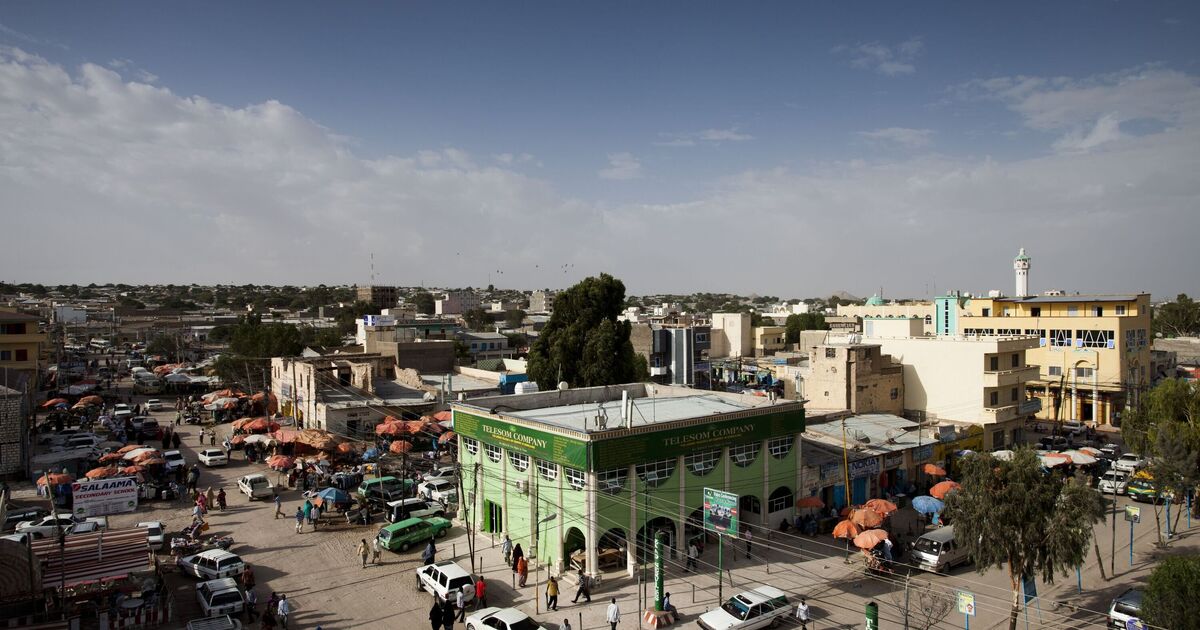What determines the world’s most poorest counrties isn’t “as clear-cut as dollars and cents”, as the research authors emphasis. However, according to Concern Worldwide’s ranking, nine countries in Africa were among the 10 poorest in the world, with one in Asia.
It explained that data is often hard to come by in some of the most vulnerable countries, and gross domestic product (GDP) doesn’t account for all of a country’s wealth, so “any ranking is going to be incomplete and not fully representative”. However, it focused on the United Nations’s 2023-24 Human Development Index (HDI), which takes into account life expectancy at birth, Gross National Income (GNI), expected and average years in school, and the effects of climate change.
10 – Sierra Leone
Sierra Leone’s civil war ended in 2002, but its lasting effects, along with crises like the Ebola epidemic, natural disasters, and the Covid pandemic, continue to impact the country according to Concern Worldide.
After years of economic progress, inflation spiked sharply, and poverty remains widespread, which the research saying that 26% of the population live below the international poverty line—rising to 60% in rural areas.
9 – Burkina Faso
Burkina Faso is facing its worst humanitarian crisis due to political unrest, conflict, and climate change. Although inflation dropped significantly in 2023 and extreme poverty declined slightly, over 40% of the population still lives below the poverty line.
8 – Yemen
Nearly a decade of conflict and climate change has left almost 80% of Yemenis living below the poverty line according to the report, making it the poorest country in the Middle East in the continent of Asia.
It said war has triggered economic collapse and inflation, leaving many without steady work or income. Although a 2022 UN-brokered truce brought some economic relief, a 2023 oil export blockade reversed those gains.
7 – Burundi
About 75% of the population in the East African country live below the poverty line. The country is still recovering from a civil war that ended in 2005 and grappling with climate change, particularly in its largely agrarian economy.
Despite these challenges, Burundi saw modest economic growth in 2023 and aims for long-term development, with government goals of becoming an emerging country by 2040 and a developed one by 2060.
6 – Mali
Mali’s capital of Timbuktu once flourished as a trading post. However, with the impacts of climate change, national and regional conflict over the last 12 years, and long-term effects of the pandemic, the country has seen rapid increases in poverty levels. The report said 90% of Malians now live below the poverty line.
5 – Chad
Despite a $4 billion pipeline from oil, the report said Chad is one of the world’s poorest countries due to a lack of infrastructure and conflict. More than 42% of the population live below the national poverty line.
Refugees from neighbouring Sudan fled to the country after a violent civil war broke out, leading to famine, and Chad is grappling with supporting the increased population alongside other factors such as climate change.
4 – Niger
In 2023, over 1.1 million more people in Niger fell below the international poverty line, bringing the total to more than 52% of the population living on less than $2.15 per day.
The report attributes it to ongoing conflict, climate change, and the lingering economic instability rooted in the country’s colonial history. A 2023 coup and subsequent sanctions worsened conditions, driving up inflation and the cost of basic necessities.
3 – Central African Republic
After over a decade of crisis, the report said that conflict lingered and in 2022, economic activity nearly stopped entirely due to major flooding and fuel shortages.
According to the World Bank, 70% of the population lives in extreme poverty, and 90% lack access to electricity.
2 – South Sudan
Since gaining independence in 2011, South Sudan has endured two civil wars and now operates under a “fragile” peace deal, according to the report. Ongoing conflict and disasters like droughts and floods have left 80% of the population living below the poverty line.
1 – Somalia
Somalia has faced decades of crisis marked by drought, conflict, hunger, and “weak governance”, leaving around 70% of the population below the poverty line and 90% in multidimensional poverty.
The country was at the centre of a historic drought in the Horn of Africa and while GDP has grown modestly at 2% annually, per capita GDP continues to decline by about 0.8% each year.
The report concluded: “While poverty is a measurable fact of life, it does not ultimately define a country, a community, or an individual. The fight against poverty, if it is to be won, rests in the hands of the people we work with. Our job is to help them find the tools and resources they need.”

